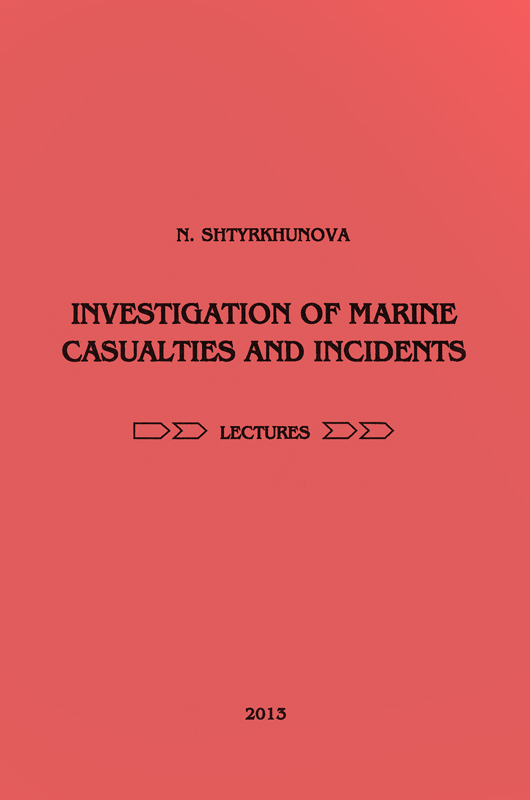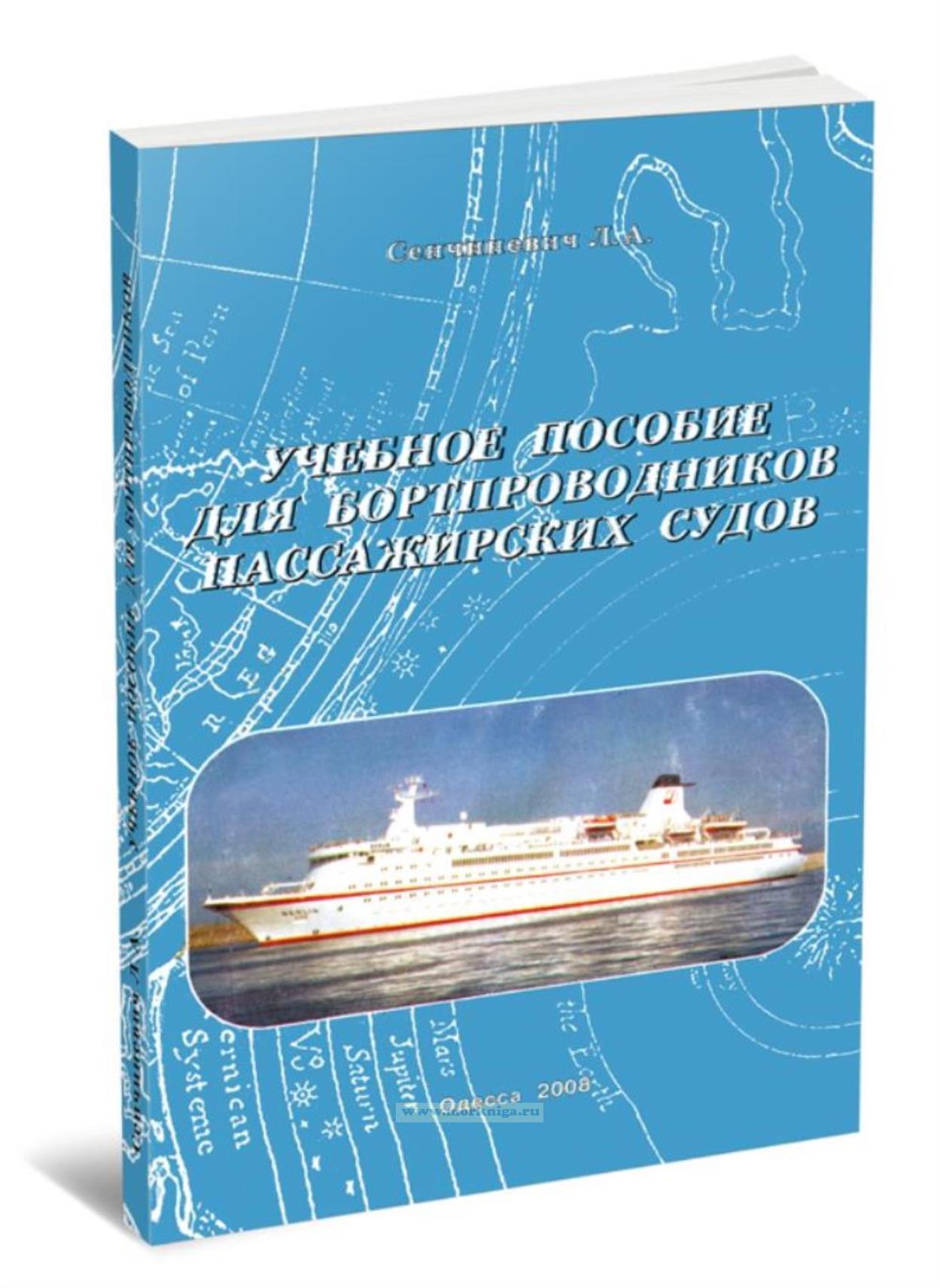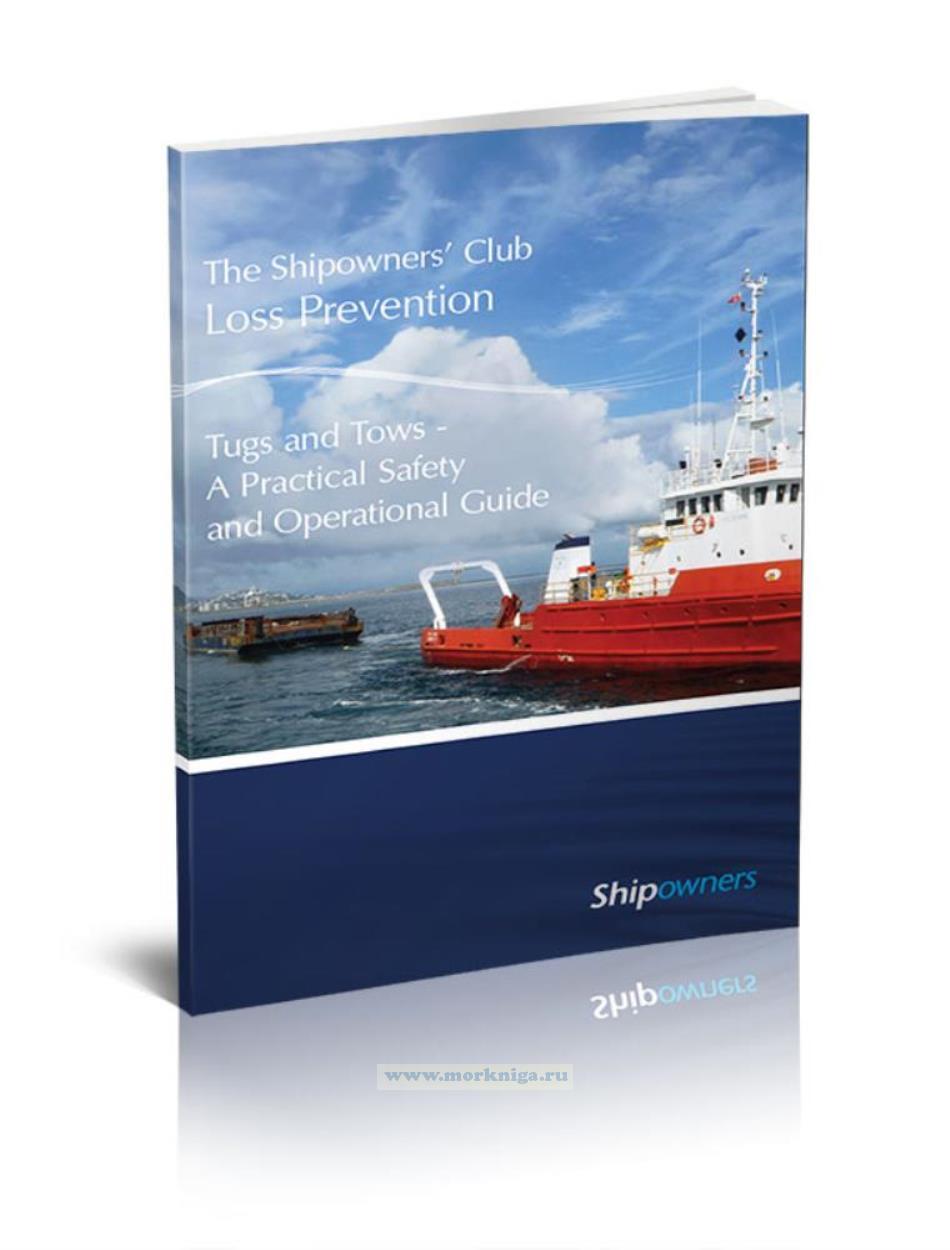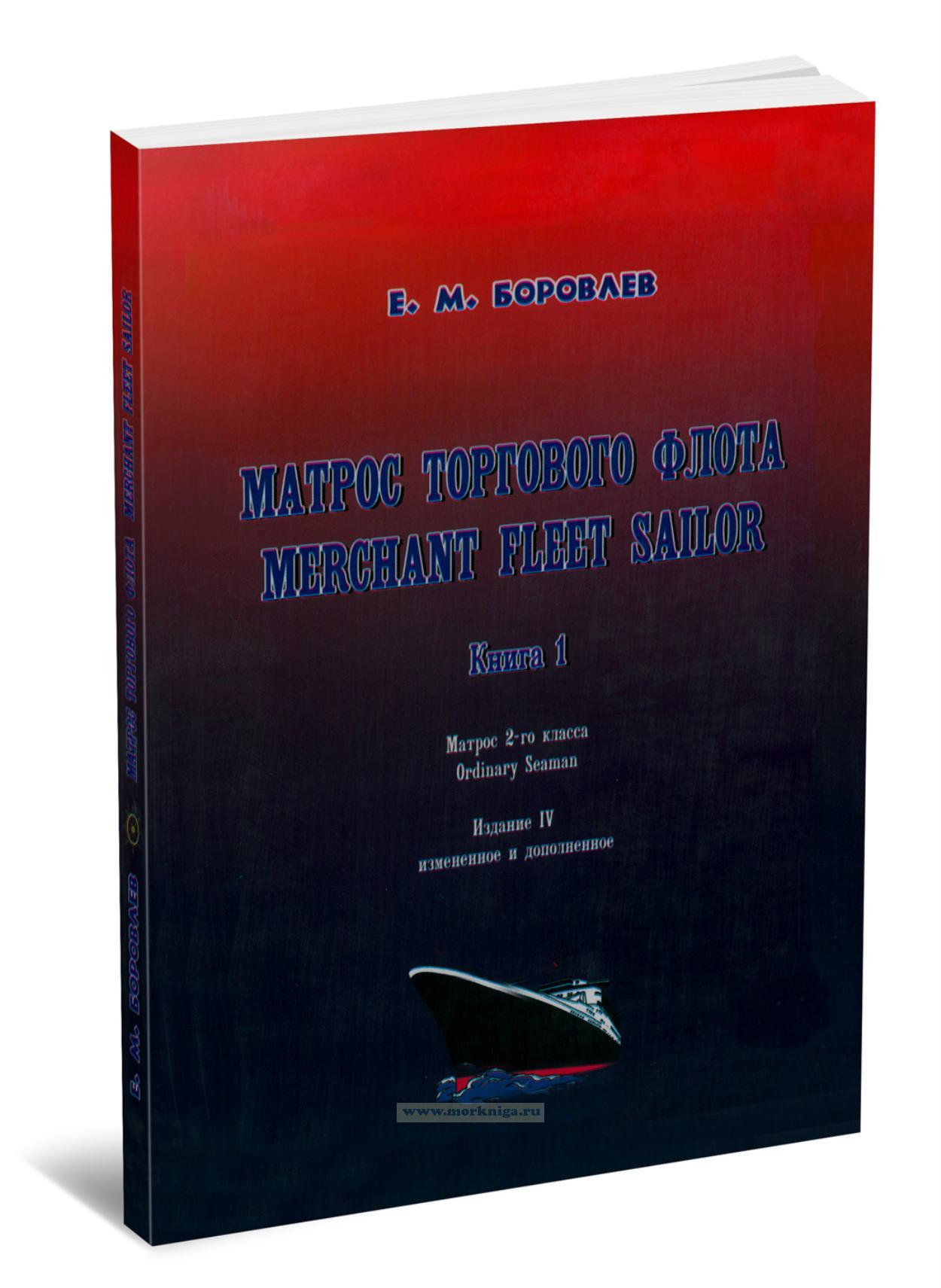Investigation of marine casualties and incidents: курс лекций
Второе издание курса лекций разработано в соответствии с последними требованиями и рекомендациями ИМО в области расследования аварий и инцидентов на море. Учебное пособие предназначено для студентов судоводительского факультета, а также студентов и слушателей, изучающих международное морское право.
Course aims to provide students with a broad understanding of the purpose and objectives of marine accident/incident investigation; establish rights and obligations of States to conduct marine accidents and the role and responsibilities of an investigator in undertaking such duties; provide a clear perspective and understanding of procedures and techniques available for use in the investigation of a marine accident or incident; highlight current IMO activities in relation to marine accident safety analysis and im-plementation issues.
The course provides participants being actively involved in class presentations, group discussions and analyses of marine casualty case studies.
Investigation of marine casualties and incidents
Table of contents
Preface
Glossary of abbreviations and acronyms
Background to marine casualties and incidents
Lecture 1: Maritime Safety - a historical overview
Section 1: Historical Overview
Section 2: Categorization of Shipping Accidents
Section 3: Comprehensive Casualty Surveys
Lecture 2: Human factors
Section 1: Introduction
Section 2: Types of Human Error
Section 3: Human Factors issues in Maritime Industry
Section 4: Scope of the Human Factors Investigation
Lecture 3: Technical Issues in Marine Casualties and Incidents
Section 1: Introduction
Section 2: Equipment Failure
Section 3: Mechanical Failure
Section 4: Structural Failure
Section 5: Design Issues
International obligations to conduct investigations
Lecture 4: Conventions and Protocols
Section 1: Introduction
Section 2: IMO’s role, Objectives and Structure
Section 3: International Rule-Making Process How Does It All Work?
Section 4: Adopting a Convention
Section 5: Entry into Force
Section 6: Signature, ratification, acceptance, approval, and accession
Section 7: Accession
Section 8: Amendment
Section 9: Enforcement
Section 10: Tacit Acceptance Procedure
Section 11: Casualty Reports and Casualty Analysis
Section 12: UNCLOS requirements, IMO Instruments, EU regulations, ILO Conventions and recommendations
Lecture 5: Code for the Investigation of Marine Casualties and Incidents
Section 1: Introduction
Section 2: Code for the Investigation of Marine Casualties and Incidents
(Res A. 849(20)), and Amendments to the Code (Res A.884(21))
Section 3: Guidelines to assist Investigators in the Implementation of the Code (ResA.849(20)) Appendix)
Section 4: Guidelines for the Investigation of Human Factors in Marine Casualties and Incidents (Res A.884(21) Appendix 2)
Section 5: Code of the International Standards and Recommended Practices for a Safety Investigation into a Marine Casualty or Marine Incident
(Res.MSC.255(84))
Section 6: Investigative Purposes
Section 7: National Marine Casualty Investigation Boards
Section 8: Procedures of Investigation
Types of investigation
Lecture 6: Civil-Administrative
Section 1: A brief History of Marine Casualty Investigation
Section 2: Administrative Investigations
Section 3: Preliminary Inquiry (or technical investigations)
Section 4: Formal Investigations
Lecture 7: Judicial and Criminal
Section 1: Judicial and Criminal Investigations
Section 2: Coronial Inquiry
Section 3: Civil Proceeding
Section 4: Concept of Culpability
Section 5: Hindsight
Lecture 8: Jurisdiction: Rights and Obligations of States
Section 1: A Flag State - Right and Obligations
Section 2: A Coastal State - Rights and Obligations
Section 3: An Interested (‘Third Party’) State
Section 4: Substantially Interested state
Section 5: Responsibility for Investigating Marine Accidents
Section 6: Investigator’s Administrative and Advisory Roles
Marine accident investigation process and techniques
Lecture 9: Gathering Evidence
Section 1: Process of Investigatio
Section 2: What is “Evidence”?
Section 3: Types of Evidence
Section 4: Collecting Evidence
Section 5: Collecting Documentary Evidence
Section 6: Automatically recorded data and other Sources of Evidences
Section 7: Voyage Data Recorder - ECDIS - AIS
Section 8: External Information
Section 9: What is a timeline?
Lecture 10: Data Analysis
Section 1: Conducting Analyses
Section 2: Using the Core Analytical Techniques
Section 3: Events and Causal Factors Charting
Section 4: Barrier Analysis
Section 5: Change Analysis
Section 6: Determining Causal Factors
Section 7: Root Cause Analysis
Lecture 11: Safety Analysis
Section 1: The Development of Maritime Safety Instruments
Section 2: Risk
Section 3: Defence Analysis
Section 4: Risk Control Option Analysis
Findings and recommendations
Lecture 12: Impact of Recommendations
Section 1: Characteristics of recommendations
Section 2: The Function of Marine Casualty Investigations
Section 3: Focus of Recommendations
Lecture 13: Preparing reports
Section 1: Content of Marine Casualty reports
Implementation issues
Lecture 14: IMO and Maritime Casualty Investigation
Lecture 15: The IMO Database on Marine Casualties
Lecture 16: Formal Safety Assessment (FSA)
Section 1: Why do we need FSA?
Section 2: How to carry out FSA
Lecture 17: Final Remarks
Bibliography
References




 Учебное пособие для бортпроводников пассажирских судов
Учебное пособие для бортпроводников пассажирских судов  Tugs and Tows - A Practical Safety and Operational Guide/Практическое руководство по буксировке
Tugs and Tows - A Practical Safety and Operational Guide/Практическое руководство по буксировке  Матрос торгового флота. Merchant fleet sailor. Книга 1. Матрос 2-го класса. Ordinary seaman (издание 4, измененное и дополненное)
Матрос торгового флота. Merchant fleet sailor. Книга 1. Матрос 2-го класса. Ordinary seaman (издание 4, измененное и дополненное)